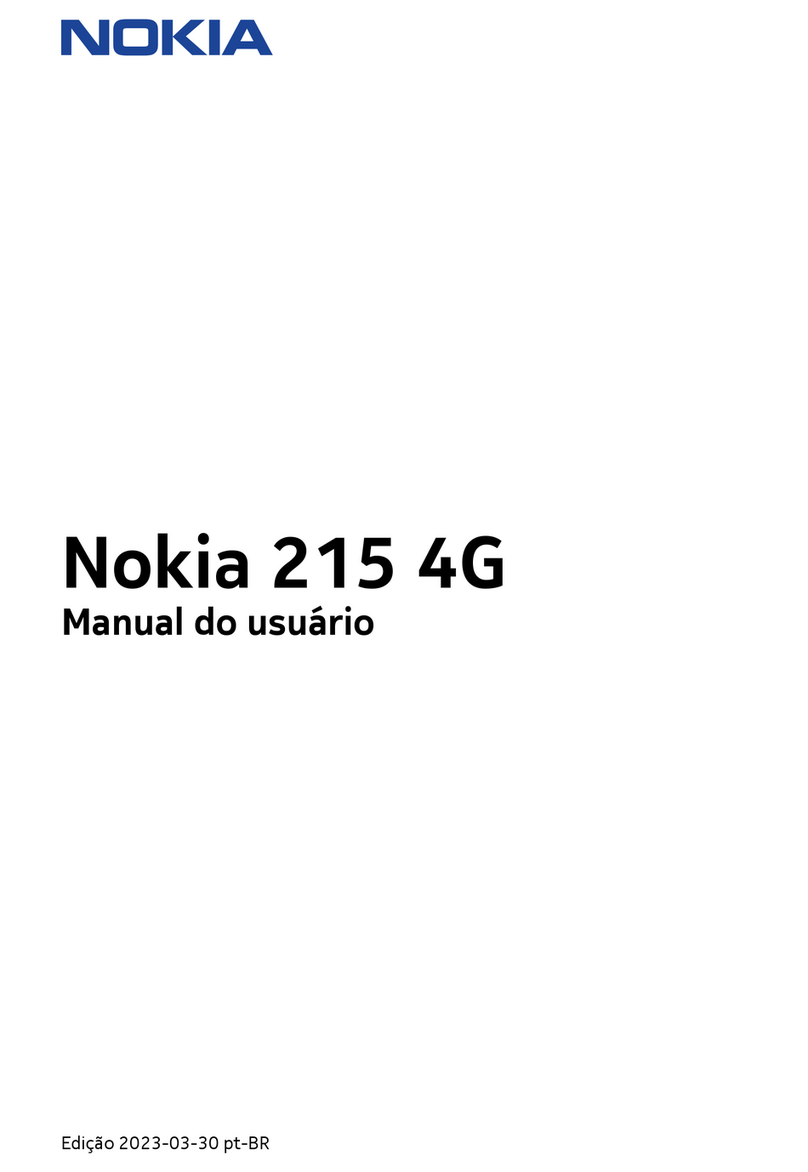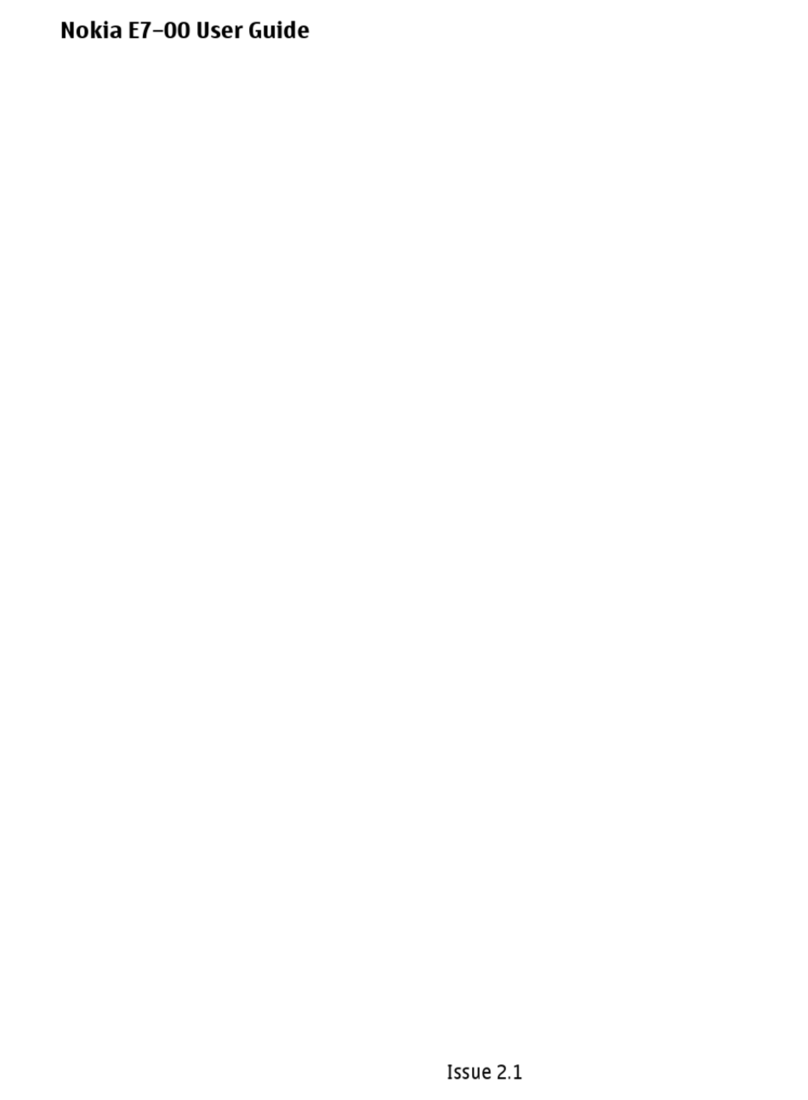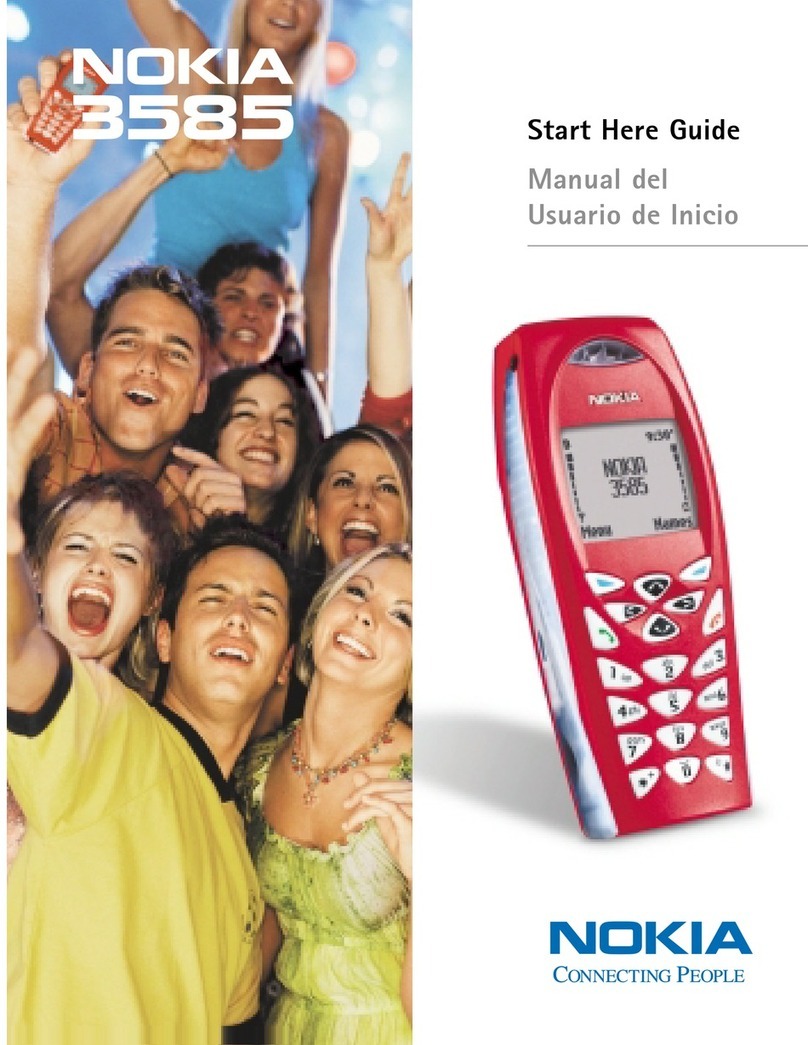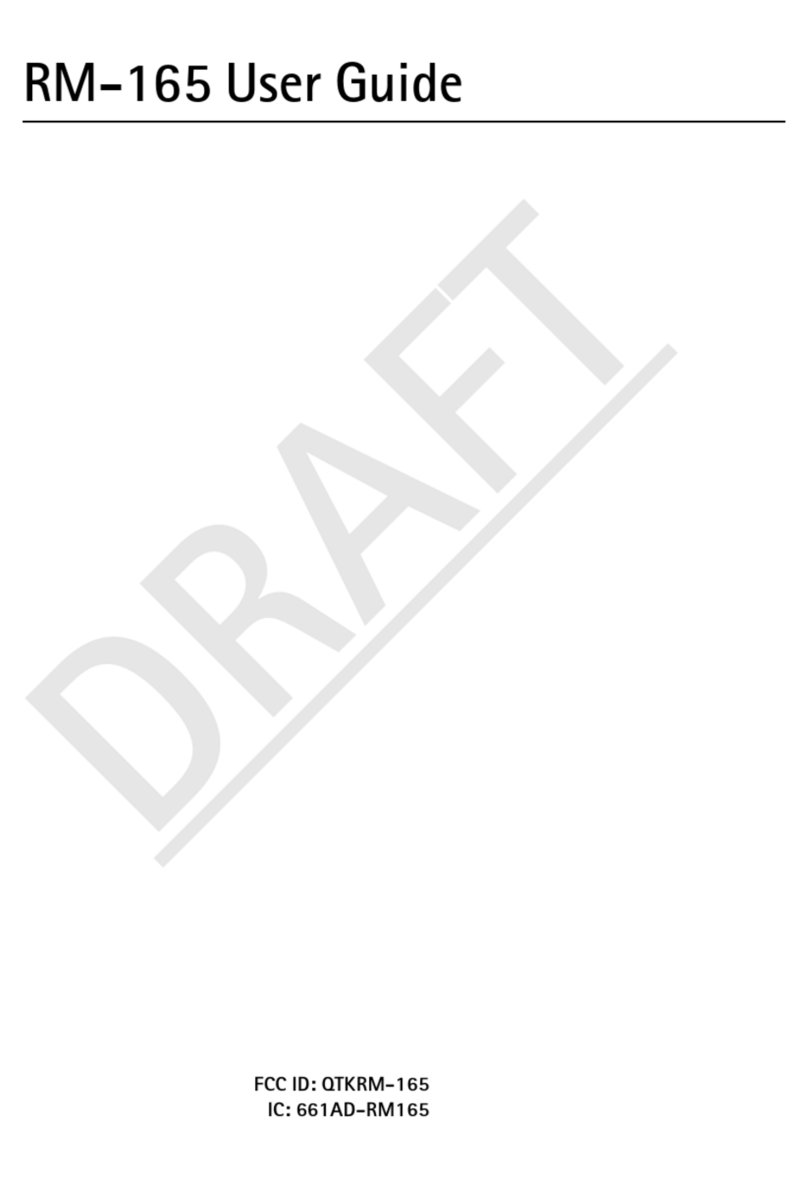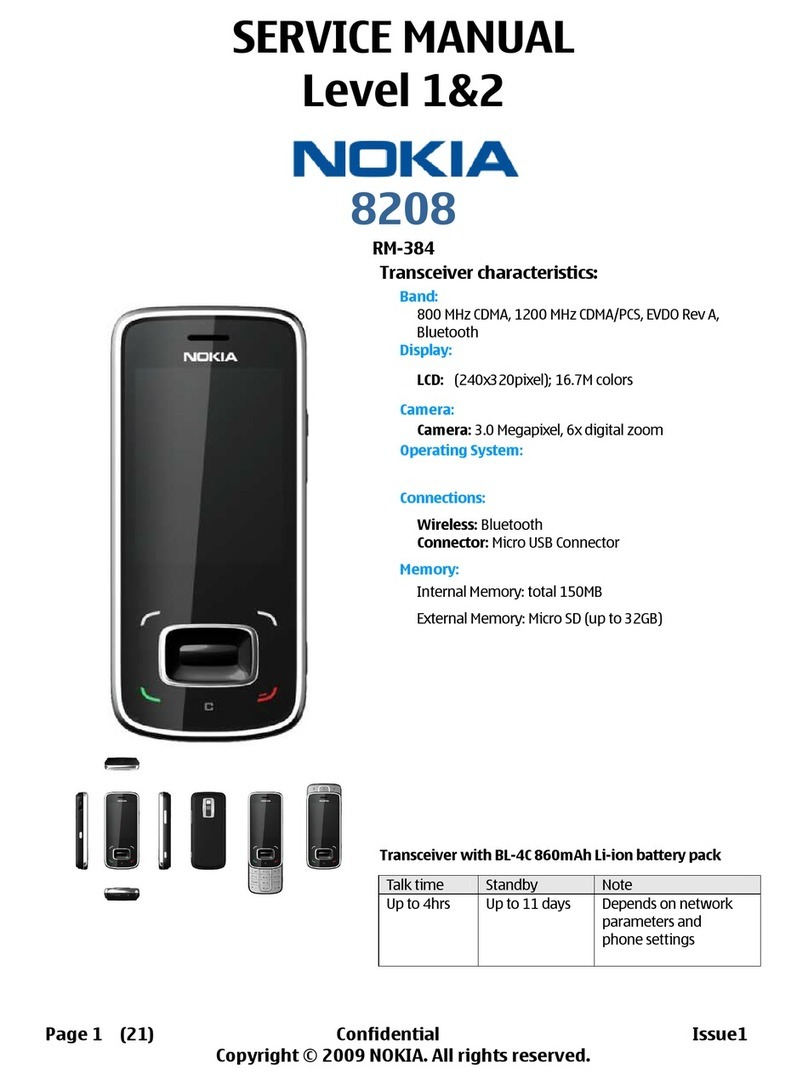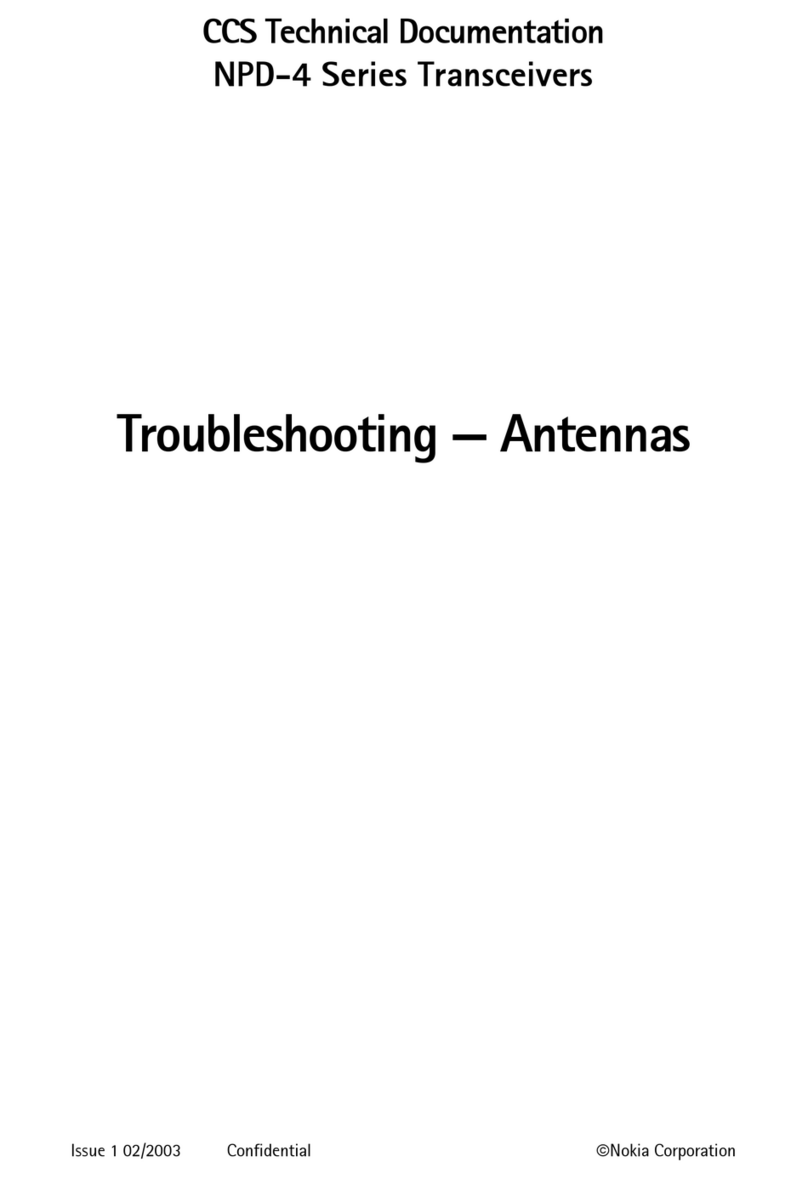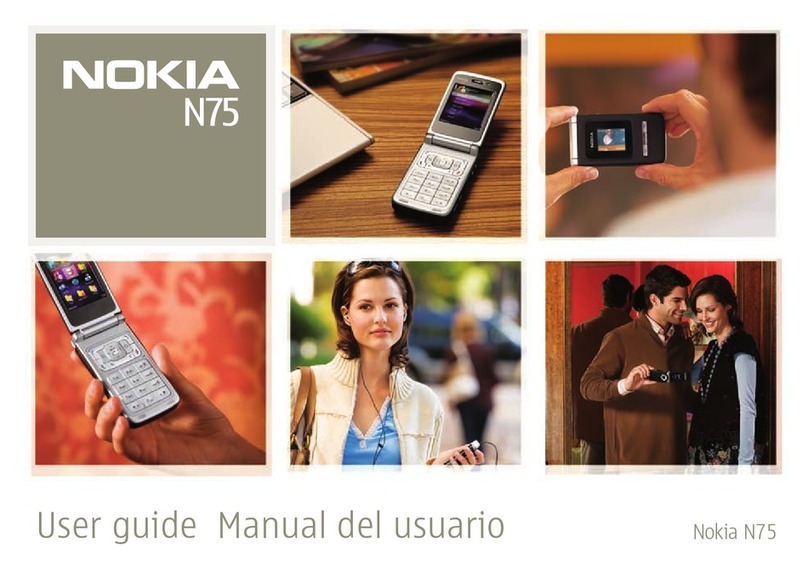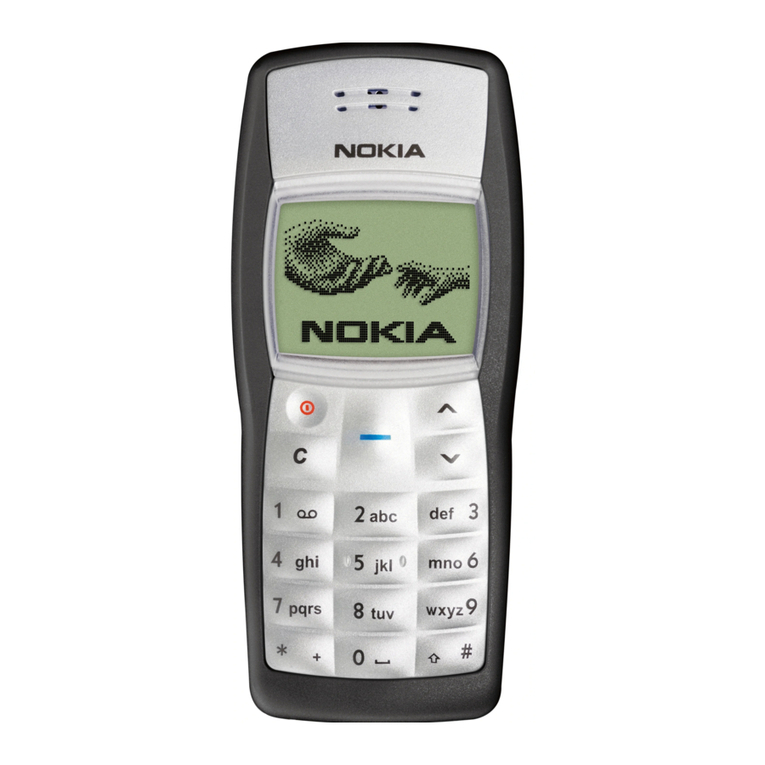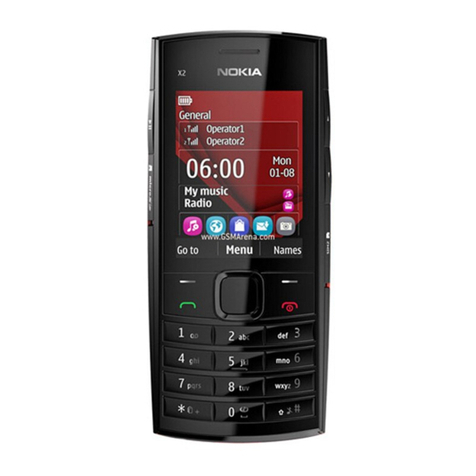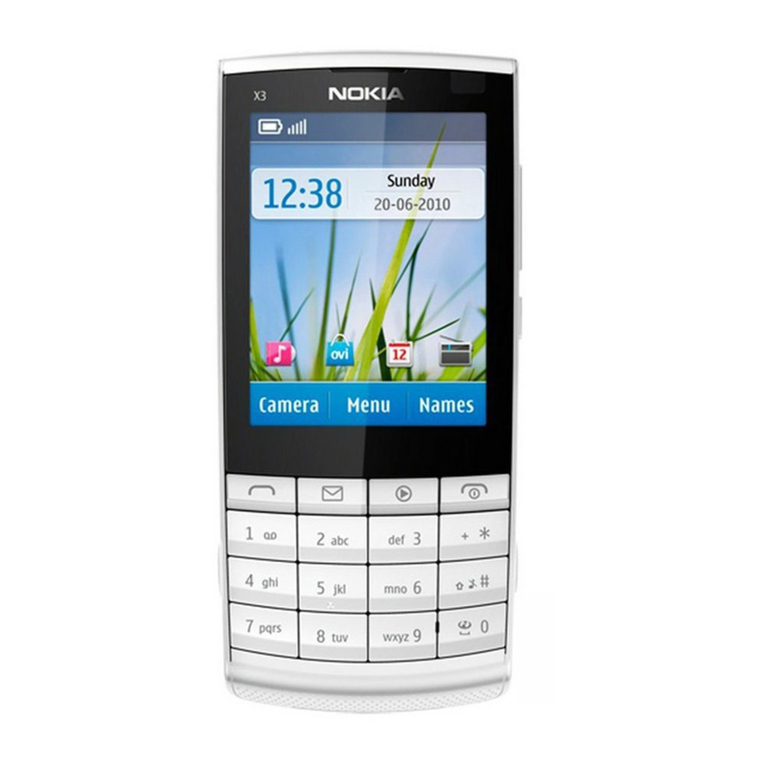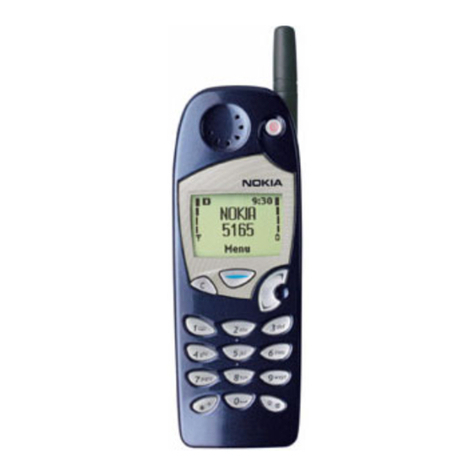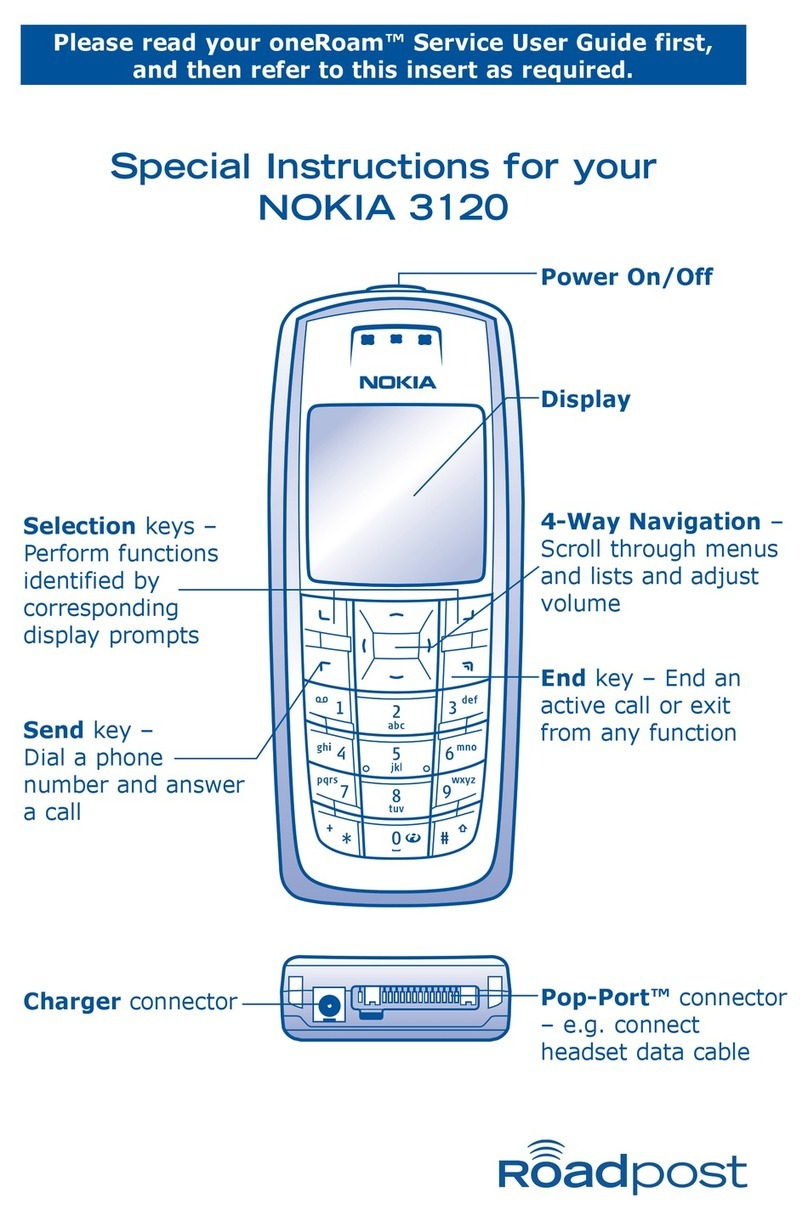
NSD-6
Disassembly/Troubleshooting Instructions PAMS Technical Documentation
Page 4 Nokia Mobile Phones Ltd. Issue 1 04/01
Testing Menu ............................................................................................................... 21
AMPS Fault Finding Setup ........................................................................................21
Cell Band CDMA Fault Finding Setup .....................................................................22
PCS Band CDMA Fault Finding Setup .....................................................................23
Tuning Menu .............................................................................................................23
AMPS Tuning AFC ...................................................................................................24
Description of Test.................................................................................................. 24
Definition of Result................................................................................................. 24
Manual Verification ................................................................................................ 24
Troubleshooting ...................................................................................................... 25
AMPS Tuning Tx Power Levels ................................................................................25
Description of Test.................................................................................................. 25
Definition of Result................................................................................................. 26
Manual Verification ................................................................................................ 26
Troubleshooting ...................................................................................................... 27
AMPS Tuning Tx Modulation Index .........................................................................28
Description of Test.................................................................................................. 28
Definition of Result................................................................................................. 28
Manual Verification ................................................................................................ 29
Troubleshooting ...................................................................................................... 29
AMPS Tuning RSSI ..................................................................................................29
Description of Test.................................................................................................. 29
Definition of Result ...................................................................................................29
Manual Verification ................................................................................................ 30
Troubleshooting ...................................................................................................... 30
AMPS Tuning Rx Audio Gain ..................................................................................32
Description of Test.................................................................................................. 32
Definition of Result................................................................................................. 32
Manual Verification ................................................................................................ 33
Troubleshooting ...................................................................................................... 33
800 CDMA Tuning Tx IF AGC ................................................................................33
Description of Test.................................................................................................. 33
Definition of Result................................................................................................. 33
Manual Verification ................................................................................................ 34
Troubleshooting ...................................................................................................... 34
800 CDMA Tuning LNA Switch ..............................................................................35
Description of Test.................................................................................................. 35
Definition of Result................................................................................................. 36
Manual Verification ................................................................................................ 36
Troubleshooting ...................................................................................................... 36
800 CDMA Tuning Rx IF AGC ................................................................................36
Description of Test.................................................................................................. 36
Definition of Result................................................................................................. 37
Manual Verification ................................................................................................ 37
Troubleshooting ...................................................................................................... 37
800 CDMA Tuning Rx IF Compensation .................................................................38
Description of Test.................................................................................................. 38
Definition of Result................................................................................................. 38
